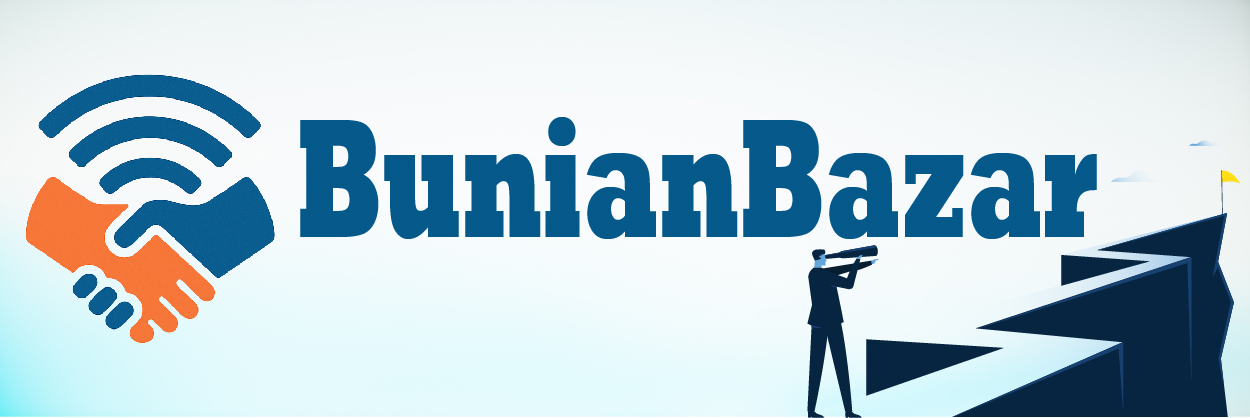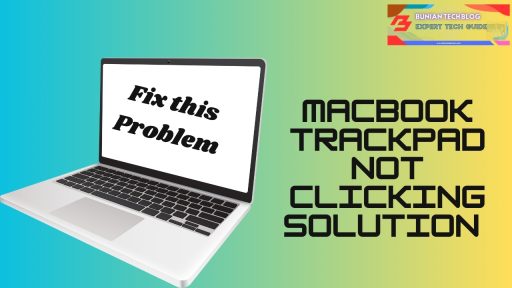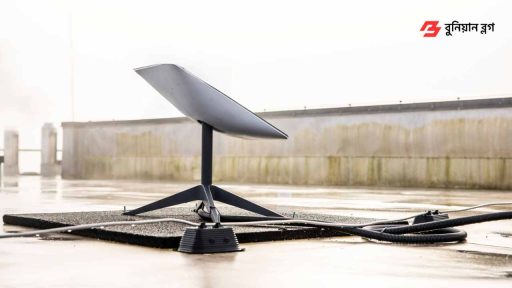If you’re tapping your MacBook’s trackpad and nothing happens—no click, no response—it can quickly get frustrating. For many users, this issue shows up without warning. One day, your trackpad feels smooth and responsive; the next, it stops working entirely.
So what’s causing it?
In this guide, we’ll break down the real-world MacBook trackpad not clicking solution. Whether it’s a hardware glitch or a simple software bug, we’ll walk you through everything you need to know to get it working again, without needing to book a Genius Bar appointment unless necessary.

Why Your MacBook Trackpad Might Not Be Clicking
There’s no single reason your trackpad stops responding. But based on MacBook models and user cases, a few culprits are more common than others:
| Possible Cause | What It Means |
|---|---|
| Battery swelling | An aging or damaged battery can press against the trackpad from underneath, making it unclickable. |
| Software conflicts | macOS updates or third-party apps may interfere with trackpad functionality. |
| Settings misconfiguration | Some trackpad settings may be unintentionally disabled. |
| Physical damage or wear | Years of use or a minor drop can affect the internal mechanism. |
| Dirt or debris | Dust build-up underneath the trackpad can block clicking. |
Understanding the cause is the first step toward fixing it effectively.
Quick Fixes: Start Here First
Before diving into deeper diagnostics, it’s worth trying a few basic fixes that often solve the issue.
1. Restart Your MacBook
It sounds simple, but a fresh restart clears temporary system glitches that might affect your trackpad.
2. Check for Software Updates
Go to System Settings > General > Software Update. Sometimes, macOS updates include bug fixes specifically targeting input issues.
3. Boot in Safe Mode
This starts your MacBook with only essential software. If the trackpad works in Safe Mode, the issue may be caused by third-party apps or login items.
How to boot in Safe Mode:
- Shut down your Mac.
- Hold the Shift key while turning it on.
- Release the key once you see the login window.
For more details, see Apple’s Safe Mode instructions.
Reset System Controllers (SMC & NVRAM)
System Management Controller (SMC) and Non-Volatile RAM (NVRAM) control many hardware-related functions. Resetting them often fixes trackpad-related problems.
Note: If you’re using an Apple Silicon (M1/M2) Mac, SMC resets automatically when you restart your device.
When the Battery Is the Problem
In some cases, especially in older MacBooks, the trackpad fails due to a swollen battery. You may notice the trackpad feels slightly raised or stiff to the touch. That’s a warning sign.
How to check:
- Go to System Information > Power.
- Look for “Condition” under Battery Information. If it says “Service Recommended,” that’s your clue.
You can also use Apple’s Battery Service and Recycling info to evaluate your options.
Model-Specific Issues: Is Yours on the List?
Some MacBook models are more prone to trackpad problems than others.
| MacBook Model | Known Issues |
|---|---|
| MacBook Pro 2016–2019 | Tight internal layout and heat issues sometimes affect trackpad clicking. |
| MacBook Air 2018–2020 | Swelling batteries are more frequent in aging Intel models. |
| MacBook Pro 2015 | Reports of click response degrading over time. |
You can check MacBook battery replacement programs to see if your device qualifies for a free fix.
Check Your Trackpad Settings
Sometimes the issue lies in your settings, not the hardware.
Go to System Settings > Trackpad, and check the following:
- Tap to Click: Enable this option if you want to tap instead of pressing down.
- Click Pressure: If your Mac has a Force Touch trackpad, adjust the click pressure to “Light.”
- Force Click and Haptic Feedback: Try disabling this to test if basic clicking works again.
Also, under Accessibility > Pointer Control, check that “Enable Dragging” isn’t causing unexpected behavior.
Use Terminal to Re-Enable Clicking
For advanced users, Terminal commands can restore disabled trackpad functions:
defaults write com.apple.AppleMultitouchTrackpad Clicking -bool true
defaults write com.apple.driver.AppleBluetoothMultitouch.trackpad Clicking -bool true
Run these in Terminal, then restart your Mac. Be cautious—Terminal is powerful. Always back up your data.
Should You Use an External Trackpad or Mouse?
While you’re troubleshooting, using an external input device can help keep you productive.
Explore Apple’s official Magic Trackpad or Magic Mouse options.
Pros:
- Easy to set up and use
- Keeps you working while you diagnose the issue
Cons:
- Not a permanent solution
- Doesn’t address underlying hardware problems
Real-Life Example: From Frustration to Fix
User Case: Sarah, a graphic designer using a 2018 MacBook Air, found that her trackpad was stuck and wouldn’t click.
What happened: A trip to the Apple Store revealed a slightly swollen battery. It was replaced under Apple’s service program.
Result: The trackpad clicked perfectly again, and performance improved noticeably.
This example highlights the value of checking battery health early, before bigger issues arise.
🎥 Watch: Trackpad Not Clicking Fix (YouTube Tutorial)
Here’s a well-explained YouTube guide that shows some of these steps in action:
Watch on YouTube – “MacBook Trackpad Not Clicking Fix (2024)
(Recommended by many MacBook users on Reddit and Apple Support Communities)
Conclusion: How to Keep Your Trackpad in Top Shape
The MacBook trackpad is one of its best features—smooth, responsive, and intuitive. But when it stops clicking, it affects everything from productivity to usability.
To recap, the most effective MacBook trackpad not clicking solutions include:
- Updating software and resetting system components
- Checking battery health
- Adjusting trackpad settings
- Knowing when it’s time to seek professional help
By taking a methodical approach, most users can diagnose and fix the issue themselves. But when in doubt, don’t hesitate to consult a technician—especially if hardware is involved.
Frequently Asked Questions (FAQ)
1. Why can I move the cursor but not click?
Often, a setting issue or early haptic failure occurs. Check your Trackpad settings.
2. Can software updates affect the trackpad?
Yes. Always update macOS to avoid compatibility bugs.
3. Is there a risk in using a Mac with a swollen battery?
Yes. A swollen battery is a fire hazard. Contact Apple Support.
4. Should I clean the trackpad?
Use a microfiber cloth and avoid liquids. Learn more from Apple’s cleaning guide.
5. How long does a MacBook trackpad usually last?
Typically 5–7 years under normal use.
6. Are trackpad repairs expensive?
MacBook repair costs vary. If out of warranty, expect $100–$300.
7. How do I know if it’s a hardware issue?
If Safe Mode and resets fail, it’s likely hardware-related.
8. Does disabling Force Click help?
It simplifies the issue. Worth trying.
9. Can I use an iPhone as a trackpad?
Yes, with Universal Control or apps like Remote Mouse.
10. Should I repair or replace my MacBook?
If only the trackpad is faulty, repair is usually cheaper than replacement.
Editor’s Pick: Best External Trackpads for MacBook
Check out our in-depth review of the best external trackpads and accessories for MacBook users in 2025—from Magic Trackpad alternatives to ergonomic mice.





